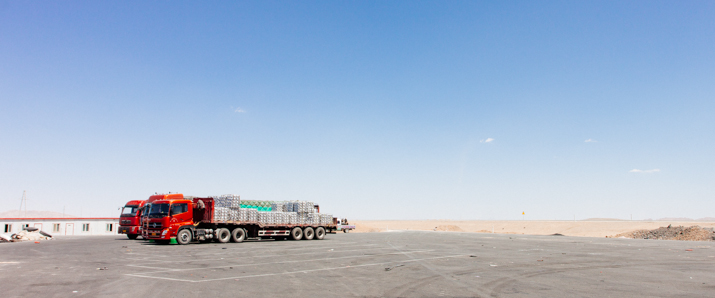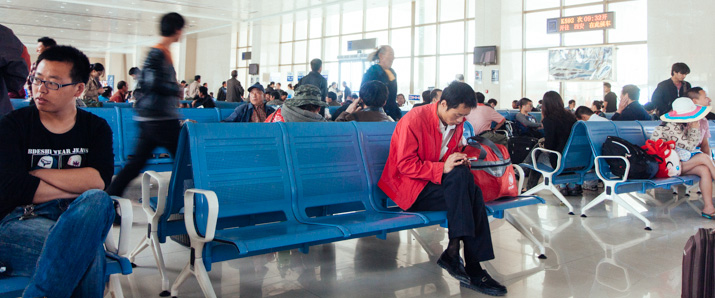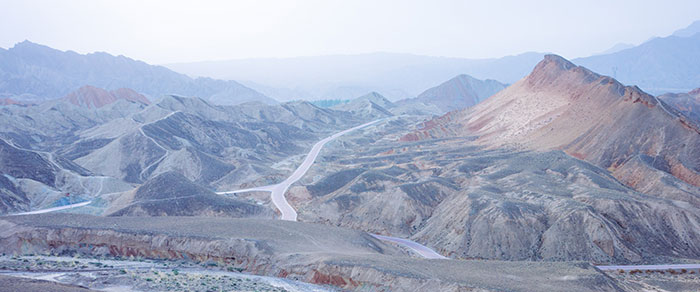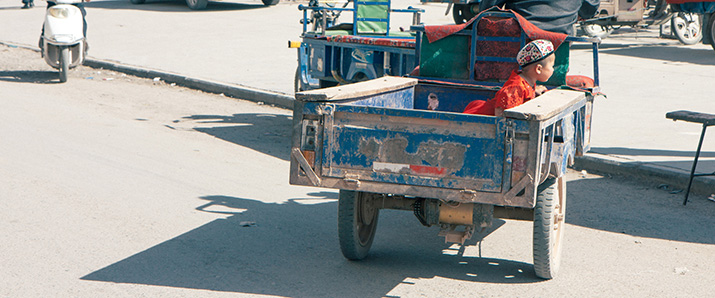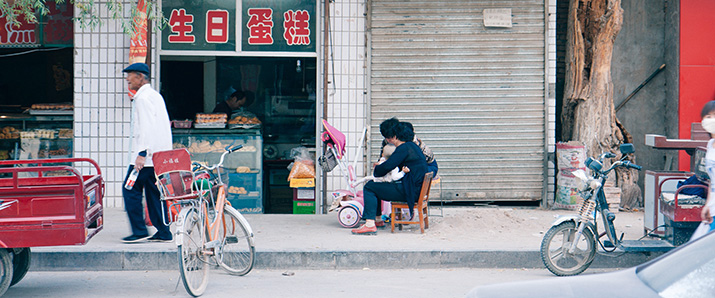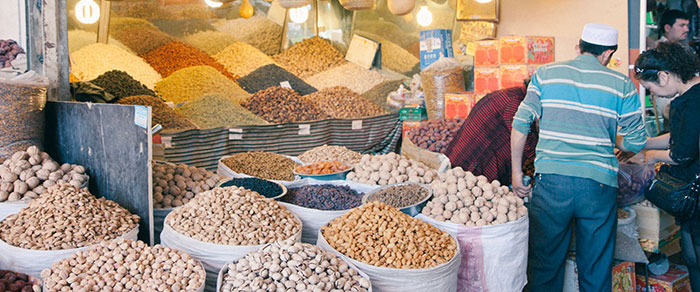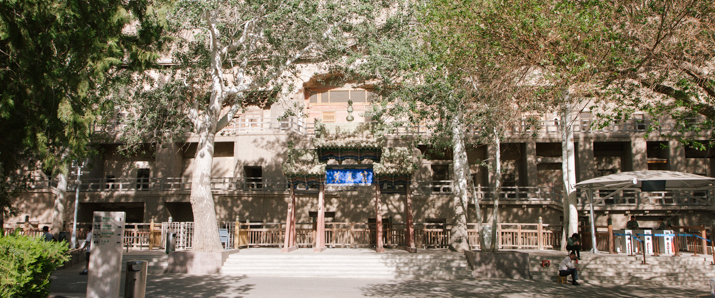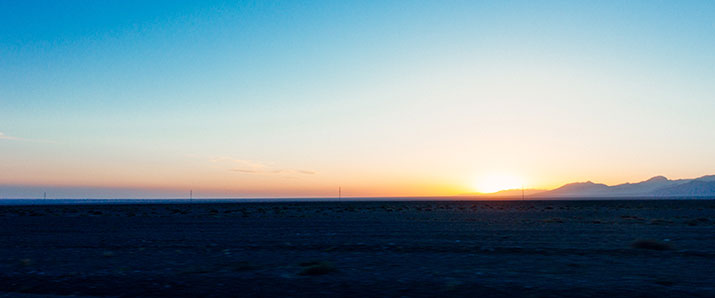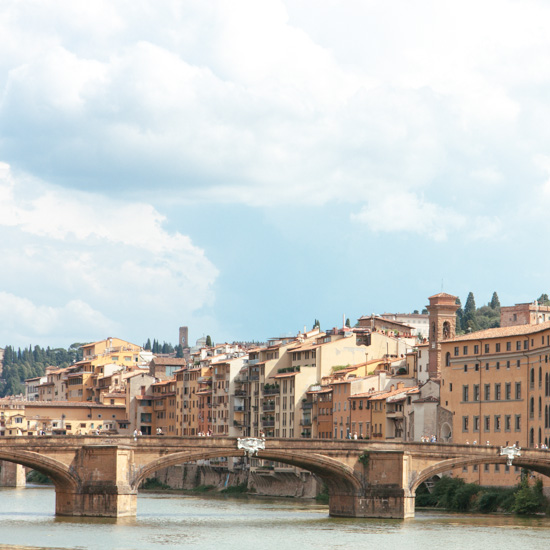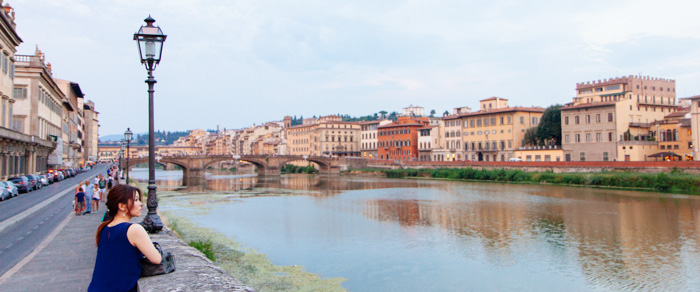The Power of the Name “Li” During the Tang Dynasty
The second tallest buddha statue emerges from underground, sitting upright to a full 26 metres in height. This particular cave was created with the intention of spreading nirvanic ideas, and is thus shaped like a coffin with a curved root.
It was funded by and belonged to a certain “Li” family during the Tang dynasty. The exact family is lost in time, but it was a surname that deferred power during that era. An indication of royalty, or someone so favoured by the emperor as to be gifted with his own family name, dealings with a “Li” was always a serious affair.
The Second Biggest Dynastic Influence – Sui
Compared to Lucy, I liked the statues and paintings from the Sui period better, many of which were influenced by Persian art and were of a milder cyan and blue colour palette. The bluish concentric flames outlined by intricate gold speckles were a trademark which I found particularly attractive.
All sorts of knowledge were visually traded within these caves. The elegant paintings of peacocks are believed to have hailed from Persia, for these birds of beauty were unknown in Chinese recordings up until the 11th century.
I also find it nothing short of miraculous that the Sui dynasty managed to produce so many amazing works in the shortest period of time at over 37 years.
The Tang dynasty on the other hand produced the most number of works, all bold and beautiful, yet it was mostly done at leisure and with the freedom of creativity over a span of 300 years.
Part 1 can be found here: A Thousand Years in the Mogao Grottoes: #1
Part 2 can be found here: A Thousand Years in the Mogao Grottoes: #2
Part 3 can be found here: A Thousand Years in the Mogao Grottoes: #3
More from china
Writing
A Thousand Years in the Mogao Grottoes: #6
Writing
A Thousand Years in the Mogao Grottoes: #4
Writing
The Passage to Lanzhou: #1
Photography
A Surrealism Fit for Martians
Writing
A Day in Urumqi
Writing
An Observation on Chinese Culture: Part 2
Photography
Springtime in Kashgar
Writing
A Thousand Years in the Mogao Grottoes: #1
Photography
The Drive From Turpan to Kumul (Hāmì)

